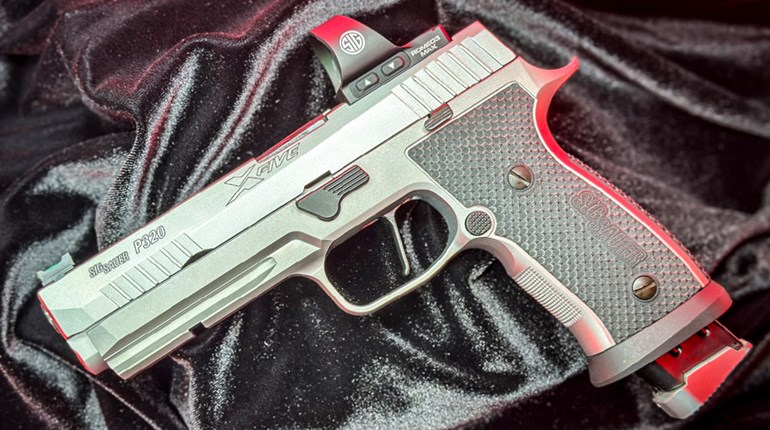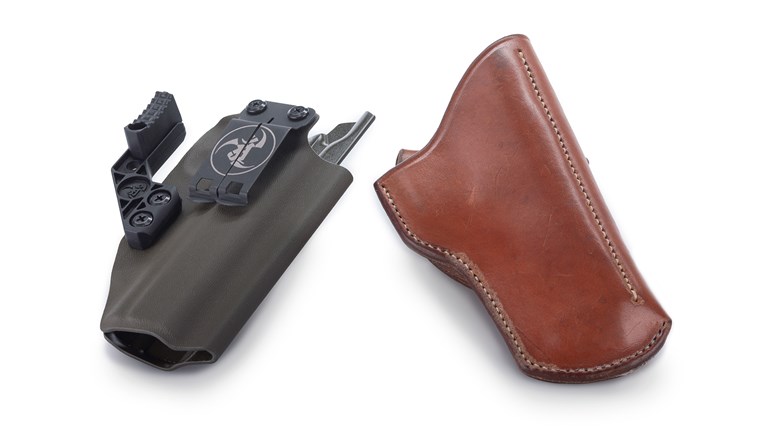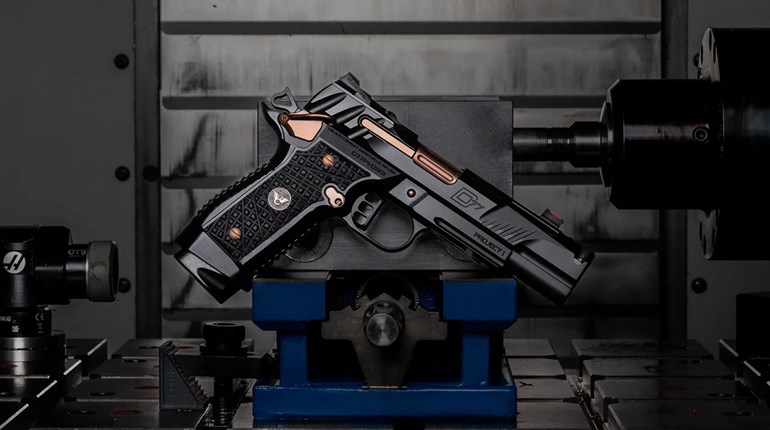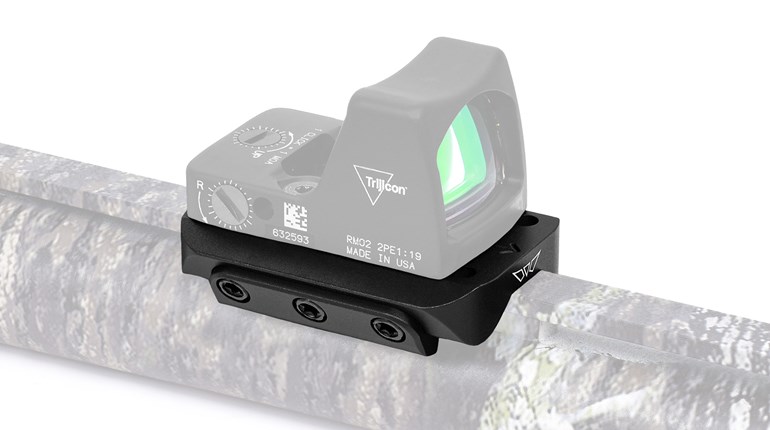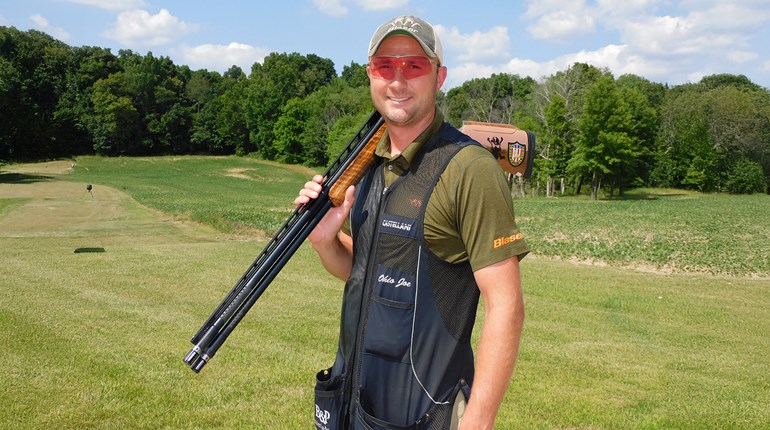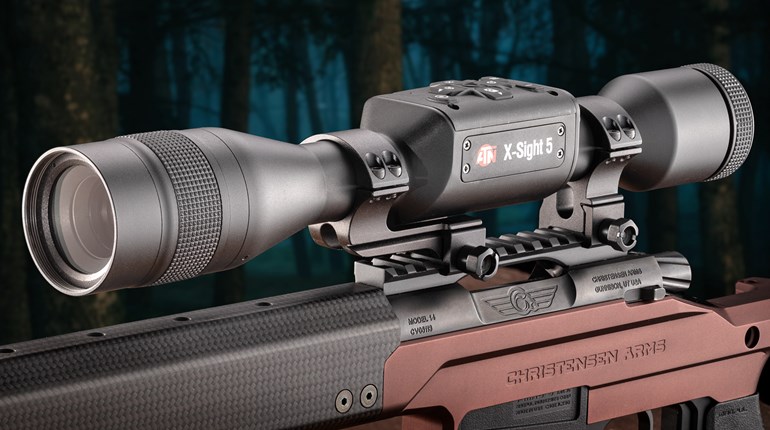
The surge of concealed carry permits, combined with the realization big guns are no fun to lug around has driven folks to compact .380 ACP handguns for self-defense. The popularity of these itty-bitty semi-autos rivals that of the pet rock in the mid '70s. With the demand for these concealable pistols comes a demand for ammunition that can be relied upon to stop a fight, and one of the popular knocks against .380 ACP is that it shouldn't be considered a fight-stopper.
Five years ago, I compared the terminal performance of 14 personal protection loads for the .380 ACP. Since then, there have been several new offerings, but are they any better than what we had? When it comes to defensive-handgun ammunition, what’s often thought of as a monumental increase in performance is in reality, inconsequential. The truth is, the enhanced effectiveness of an extra inch of penetration or 1/10th of an inch in bullet expansion, is more perception than reality.

SIG Sauer is offering new .380 ACP ammunition loaded with what the company calls its V-Crown bullet. It has a gilded metal jacket and a proprietary core with a metallurgic composition custom tailored to the cartridge and bullet weight. Additionally, a proprietary skiving method is applied to stop expansion before jacket and core separation can occur. And, cartridge cases have a Techni-Chrom (nickel) plating.
This 90-grain load was tested out of a Diamondback DB 380 with a 2.8 inch barrel. The average velocity was 961 fps and the bullet penetrated 10 inches in 10 percent ordnance gelatin, while expanding 1.52 times its original diameter. Terminal performance like this is near identical to the older and trusted Speer Gold Dot 90-grain .380 ACP load.
Browning has also entered the personal-defense ammunition market with what it calls its BXP ammunition. (It’s actually loaded by Winchester.) They offer a .380 ACP load and it uses the X-Point bullet. This bullet has a metallic X structure inside its hollow point cavity to eliminate the possibility of hollow-point clogging and provide consistent expansion and bullet cohesion. Guess what? This load performs very similar to the SIG Sauer V-Crown load.
For 2018, Aguila Ammunition, manufactured in Mexico and imported by Texas Armament & Technology, is introducing a jacketed hollow point .380 ACP load. It will be manufactured in Conroe, TX, and though it’s not been tested, it’s only reasonable to assume the 95-grain bullet will deliver performance consistent with other conventional hollow points like the Winchester Silvertip. Which, by the way, I’ve used to kill several big alligators.
The only truly new .380 ACP ammunition advancement comes from Black Hills Ammunition. The company partnered with Lehigh Defense, a forward-thinking bullet manufacturer out of Pennsylvania, and is offering a unique .380 ACP load in its HoneyBadger line. The bullet is an all-copper, non-expanding projectile.
Now, this might sound like a bad idea, considering all we’ve wanted since the 1986 Miami FBI shootout are bullets that expand wide and retain most of their weight. However, handgun bullets damage tissue by poking holes. Bullets that expand increase the size of the hole, but expanding bullets slow down sooner, decreasing penetration. Penetration is key because, to paraphrase the great gun writer Finn Aagaard, in the absence of sufficient penetration, little else will matter. It’s not just about making a hole, it’s about making a hole that’s deep enough.
According to Jeff Hoffman at Black Hills, “When you eliminate the reliance on hollow point expansion of the projectile, which is a big variable, you get very consistent terminal performance even in conditions where hollow points often fail.”

The work the Lehigh Defense team has done with various military and government agencies has given them not only a unique skill set, but broad insight into developing unconventional munitions. Extensive experimentation with non-expanding copper and brass bullets has shown they can create a proprietary bullet profile capable of delivering a wounding pattern similar to what is expected from expanding bullets, all without sacrificing penetration.
These bullets have four deep scallops around their circumference, extending to the bullet nose, where they create either a four pointed, sharp-edged star. When impacting living tissue these scallops use bullet rotation to force tissues outward during penetration. This dynamic fluid dislocation works to increase the radius of the hole, without sacrificing penetration as an expanding hollow point would.
How do they work? Well, on bad guys we can only speculate, but in 10-percent ordnance gelatin, you can expect more than a foot of straight-line penetration, and, that’s with a 60-grain bullet, which drastically reduces felt recoil.
Yes, over the last five years we’ve seen the introduction of some new .380 ACP ammunition, but with the exception of the HoneyBadger load, it’s all just another take on the same old approach. Really, that’s not surprising. There’s only so much you can expect of a less-than-100-grain, 0.355-caliber bullet, launched at between 900 and 1,200 fps. The laws of physics always apply.














